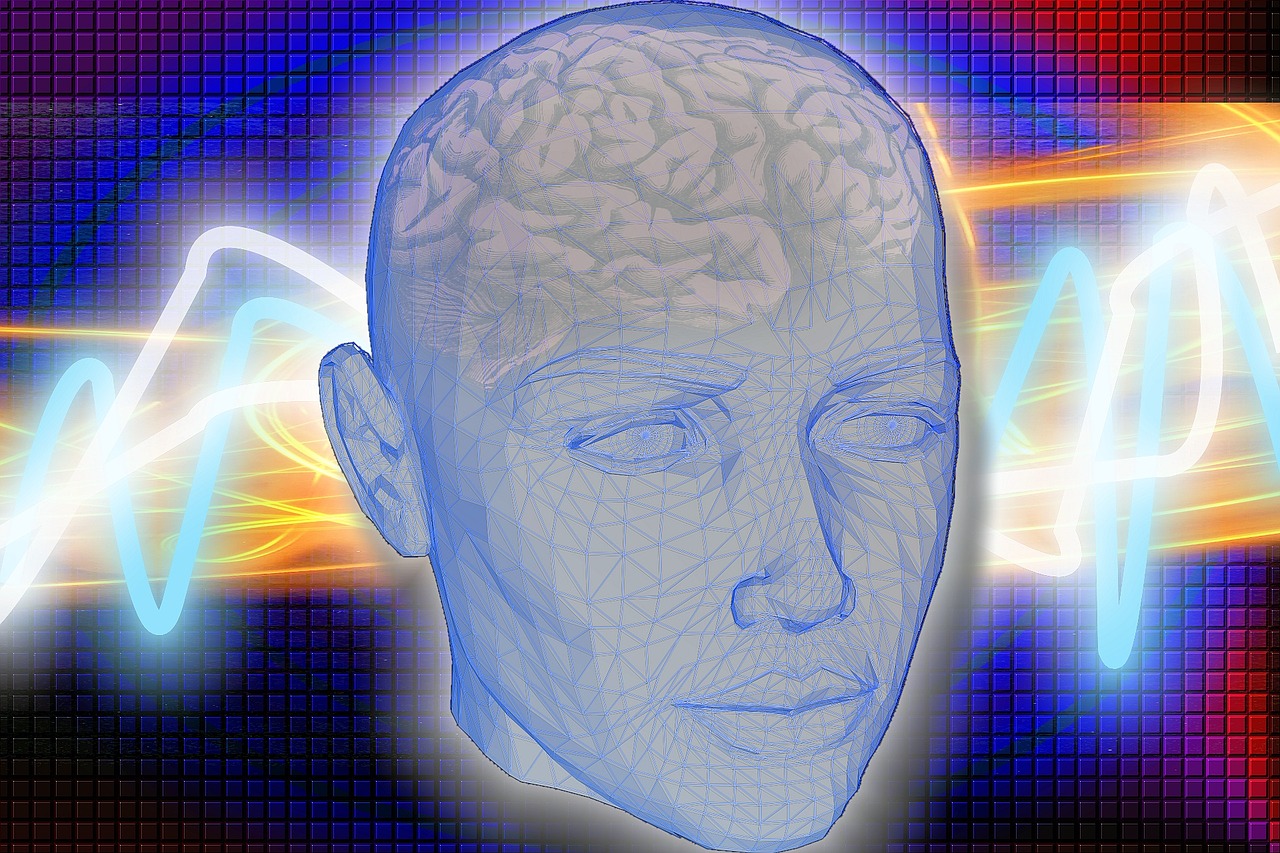
AI-based imaging products maker RapidAI has received approval from the US Food and Drug Administration for the latest addition to the RapidAI platform, Rapid Hyperdensity.
The new solution allows doctors to make quicker and better decisions while assessing the severity of harm in patients with acute neuro disorders like traumatic brain injury and brain haemorrhages.
Rapid Hyperdensity, an AI-powered platform, uses non-contrast CT scans to evaluate the volume of hyperdense tissue in the brain, said the US-based firm.
It helps the doctors to determine the degree of an intracerebral haemorrhage, which is essential for determining the best course of therapy for a patient.
The solution also provides extra contextual data to hospitals and mobile stroke units on the front lines of patient evaluation.
The data can assist the doctors in making better-educated triage and transfer choices and expediting the transfer of patients to the appropriate location.
Rapid Hyperdensity offers benefits such as automated detection of intracranial hyperdensities>1ml, and fast identification of hyperdense volumes to enhance haemorrhage management.
Furthermore, the results can be viewed via the Rapid mobile app, PACS/Workstation, or email.
RapidAI CEO Karim Karti said: “Rapid Hyperdensity helps physicians make the first of many critical decisions involved in head trauma and hemorrhagic stroke protocol.
“As the only comprehensive neurovascular decision support platform to offer this functionality, RapidAI aims to alleviate the enormous pressure of determining the best next course of action.
“This FDA clearance is a symbol of RapidAI’s ongoing commitment to push the boundaries of neurovascular care, while designing every product with physicians first in mind.”
In May this year, the company obtained US FDA 510(k) clearance for its Rapid PE Triage & Notification product.
RapidAI designs solutions for life-threatening vascular and neurovascular conditions.
The Rapid platform advances care coordination by giving care teams a degree of patient visibility never before possible.
It is based on intelligence gathered from more than five million scans in more than 2,000 hospitals in more than 60 countries.




